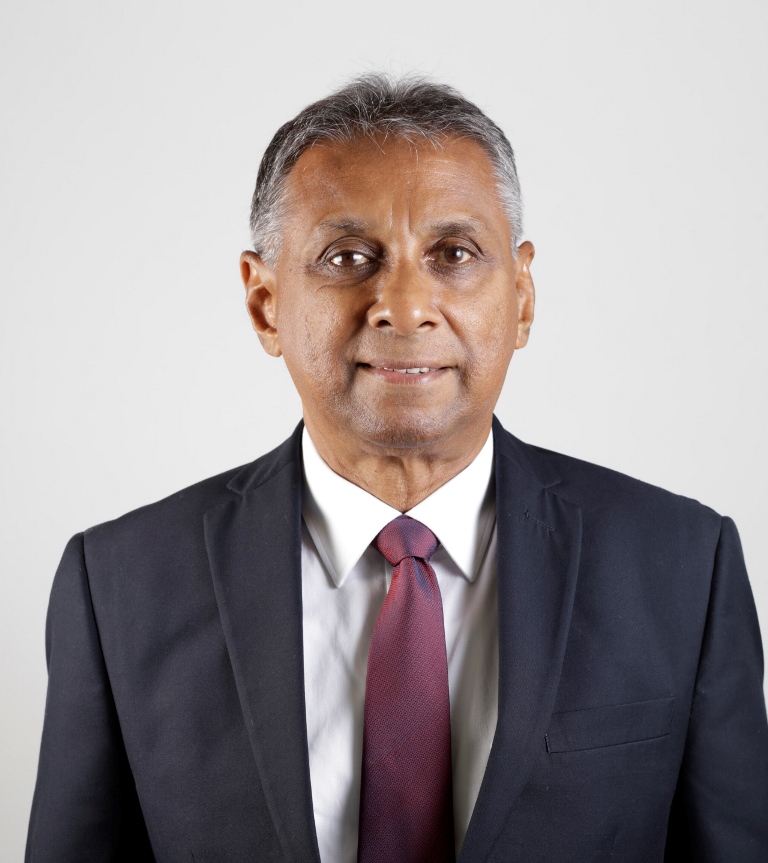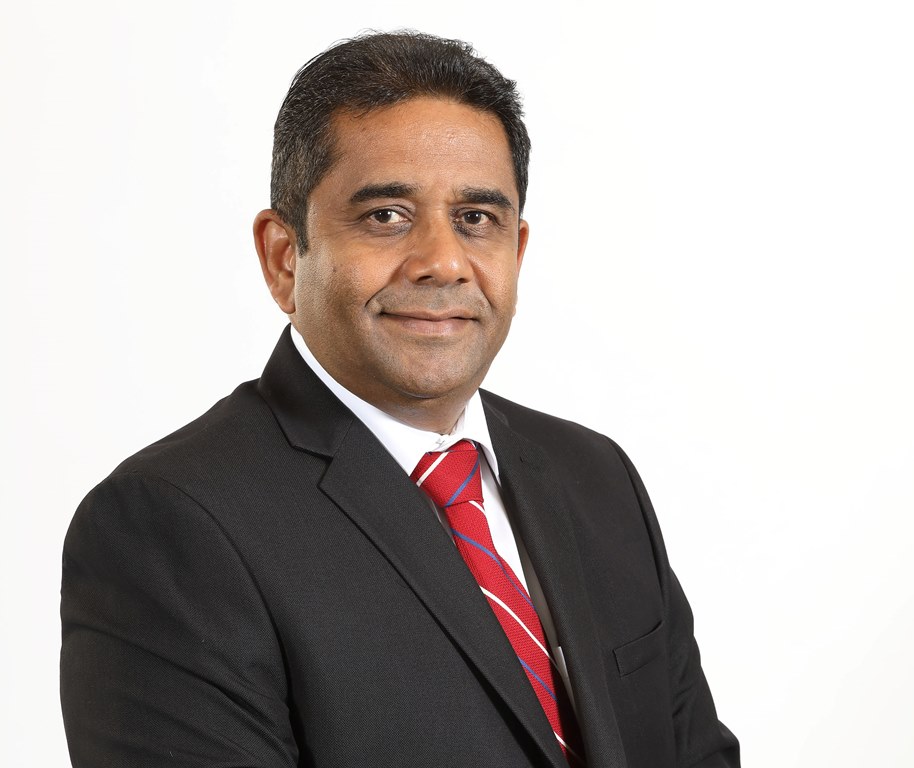SEYLAN BANK
Seylan Bank reports modest overall growth in FY 2018: bottom line weighed down by one off provision for additional gratuity and higher impairment provisions
In the backdrop of a challenging external environment, Seylan Bank recorded a Profit-after-Tax of Rs. 3,189 Million for the year ended 31st December 2018 after one-off adjustment of Rs. 1,135 Million to resolve the long standing issue of additional gratuity.
The Bank’s advances grew by 16.4% while the deposit base grew by 16.4%. Net interest income increased by 14.6% while net fee and commission income from core banking activities grew by 7.0%.
The impairment charge grew by 131% compared to the prior year due to deterioration in the overall NPA ratio as well as the accelerated impairment provision as per SLRFS 9. As a result the Bank’s overall Provision Cover and the Open Credit Exposure have improved in 2018.
Mirroring the developments across the industry, the NPA ratio increased by 1.6% over the previous year. Construction, tourism and manufacturing sectors were the major contributors to this deterioration. The Bank has implemented a rigorous program of restructuring, rehabilitation and recovery to address this issue.
The Bank reported a net advance growth of Rs.46 Billion with net advances growing from Rs. 281 Billion to Rs. 327 Billion during 2018.
The overall deposit base recorded a growth of Rs. 50 Billion from Rs. 307 Billion by end of 2017 to Rs. 357 Billion by 31st December 2018. CASA growth slowed down with a notable shift from low cost to fixed deposits due to increasing interest rates. As a result the Bank’s CASA ratio (current & savings accounts) stood at 28.8% and Fixed Deposit ratio increased from 68.8% by end of year 2017 to 71.2% as at 31st December 2018.
Net interest income recorded a healthy growth of 14.6% in line with 14.4% growth of total assets. The Bank’s total assets increased to Rs. 467 Billion in 31 December 2018 from Rs. 408 Billion in 31 December 2017.
Net fee and commission income witnessed a growth of Rs. 266 Million from Rs. 3,788 Million to Rs. 4,054 Million during 2018. This was mainly attributed to fee and commission income from trade, term loans, other financial services and credit cards. Other income captions comprising of net gains from trading activities, fair value changes of financial instruments, gains on foreign exchange transactions and net other operating income decreased by 16.2% from Rs. 1,660 Million reported in 2017 to Rs. 1,391 Million during 2018.
Total Expenses (excluding one-off additional gratuity expense) recorded a modest increase of 8.5% from Rs.10,882 Million to Rs. 11,802 Million. This increase can be attributed to increased investments on branch upgrading and refurbishments, digital capabilities and IT infrastructure and staff benefits. The Bank continues to focus on optimising the cost through strategic cost management initiatives and the implementation of lean concepts. The additional expenses on the resolution of the collective agreement and the long standing issue of additional gratuity would increase the productivity of the employees and improve the long term cost to income ratio.
Bank’s Earnings per Share (EPS), Return (profit before tax) on Asset (ROA) and Return on Equity (ROE) are recorded at Rs. 8.7 per share, 1.1% and 9.3% respectively. These would have been Rs. 10.9 per share, 1.3% and 11.5% respectively if the impact of one off additional gratuity adjustment is excluded. The Bank’s Net Asset Value per share as at 31st December 2018 was Rs. 94.5 (Group Rs. 99).
The Bank also continued fostering on education which has been core of its CSR activities. During the year 33 school libraries were opened taking the overall number of libraries opened under the project to 183 under “Seylan Pehesara” Project. The Bank has developed a comprehensive Environmental and Social Management System (ESMS) with the objective of managing the Environmental and Social Risks arising from its financing activities.
In 2018, the Bank network increased to 170 Banking Centres, 207 ATMs and 98 Student Saving Centres. The Bank plans to grow the branch network further to reach a larger spectrum of customers and widen the Bank’s geographical presence in order to have a competitive advantage. Further, the Bank deployed 29 Cash Deposits Machines (CDMs) during the year which totalled up to 38 and 20 Multiple Services Counters (MSCs) totaling up to 29 throughout the banking network for the better convenience of customers.
The Bank’s Common Equity Tier 1, Total Tier 1 and Total Capital Adequacy Ratio remained strong at 10.2%, 10.2% and 13.3% respectively as at 31st December 2018, as against the statutory minimum.






